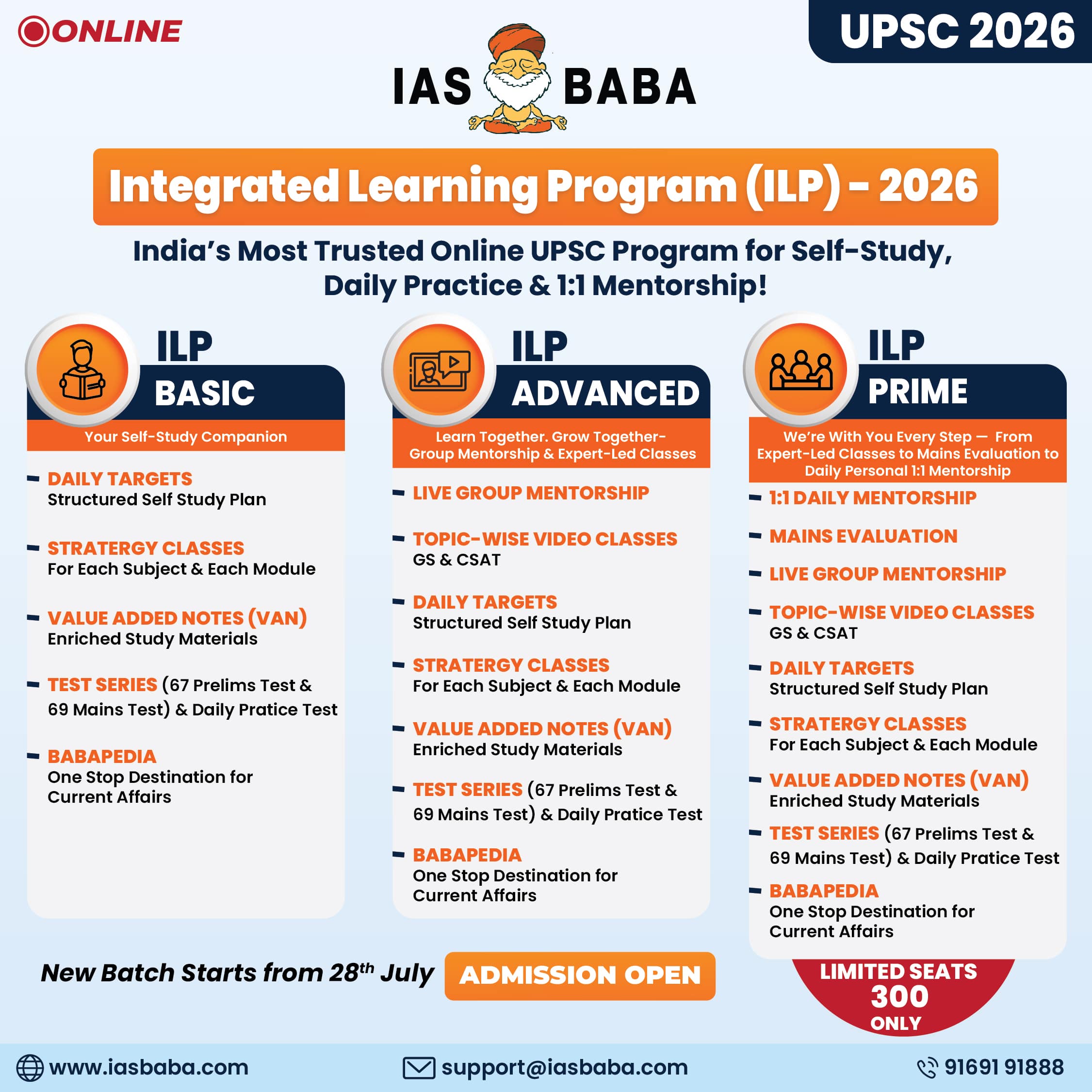Agriculture
Context: On the International Day of Rural Women (October 15), we need to recognise the role of women in livestock rearing, and to include women in all facets of livestock development, be it breeding, veterinary care, extension services, training or access to credit and markets.
- The livestock sector is one of the most rapidly growing components of the rural economy of India, accounting for 5% of national income and 28% of agricultural GDP in 2018-19.
- In the last six years, the livestock sector grew at 7.9% (at constant prices) while crop farming grew by 2%.
- Studies show that in rural households that own livestock, women are invariably engaged in animal rearing.
- It is widely recognised that the majority of women workers in rural areas (72%) are engaged in agricultural activities.
An underestimation
- To illustrate, 12 million rural women were workers in livestock-raising, an estimate based on the Employment and Unemployment Survey of 2011-12. However, with the augmented definition, it was estimated that around 49 million rural women were engaged in livestock raising.
- The National Livestock Policy (NLP) of 2013, aimed at increasing livestock production and productivity in a sustainable manner, rightly states that around 70% of the labour for the livestock sector comes from women.
- One of the goals of this policy was the empowerment of women.
- However, the NLM does not propose any schemes or programmes specific to women livestock farmers. The policy proposes that the State government allocates 30% of funds from centrally-sponsored schemes for women.
Core problems
- The problem clearly is that women livestock farmers are not visible to policymakers, and one reason is the lack of gender-disaggregated data.
- First, recent employment surveys such as the Periodic Labour Force Survey fail to collect data on specific activities of persons engaged primarily in domestic duties. So, the undercounting of women in the livestock economy continues.
- Second, the reach of extension services to women livestock farmers remains scarce. According to official reports, 80,000 livestock farmers were trained across the country in 2021, but we have no idea how many were women farmers.
- Around 15 lakh new Kisan Credit Cards (KCC) were provided to livestock farmers under the KCC scheme during 2020-22. There is no information on how many of them were women farmers.
- Fourth, women livestock farmers lacked technical knowledge on choice of animals (breeding) and veterinary care.
- Fifth, village studies showed that women were not aware of the composition and functions of dairy boards and that men exercised decisions even in women-only dairy cooperatives. Further, the voice of women from landless or poor peasant Scheduled Caste households was rarely heard.
Way Forward
- Efforts are needed to correct gender biasness, increase the capacity of women to meet their strategic needs and to document systematically their inputs and outputs.
- They should be promoted to participate in outside exposure activities like marketing, selling and purchasing of animals.
- Seven important pillars of women empowerment are: decision making, access to knowledge, self-esteem, credit facility, livestock services, social support, market accessibility and asset ownership.
- Trainings should be organised for women farmers to remove their knowledge gaps regarding specific animal husbandry activities.
Women’s labour is critical to the livestock economy. It follows then that women should be included in every stage of decision-making and development of the livestock sector.
Source: The Hindu














